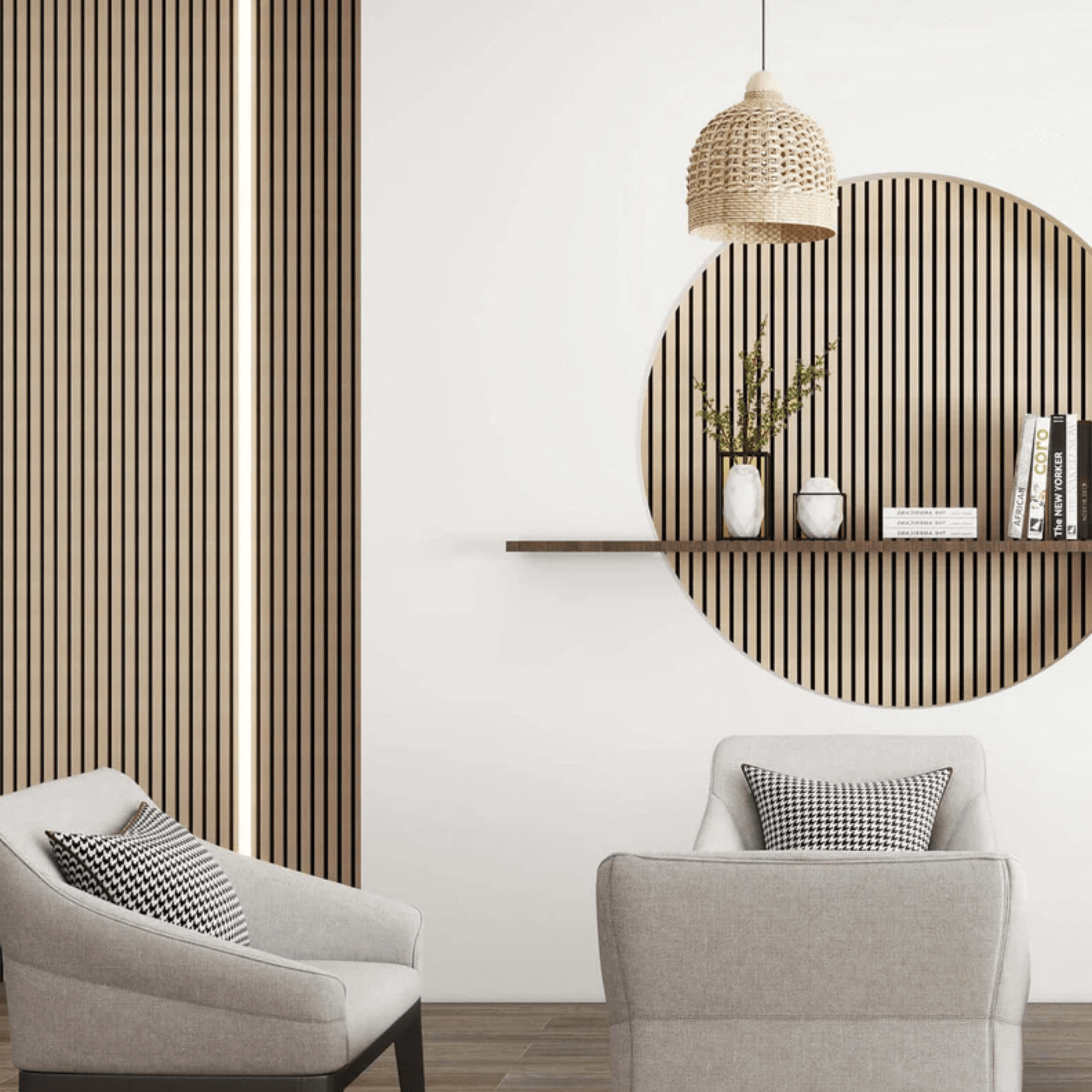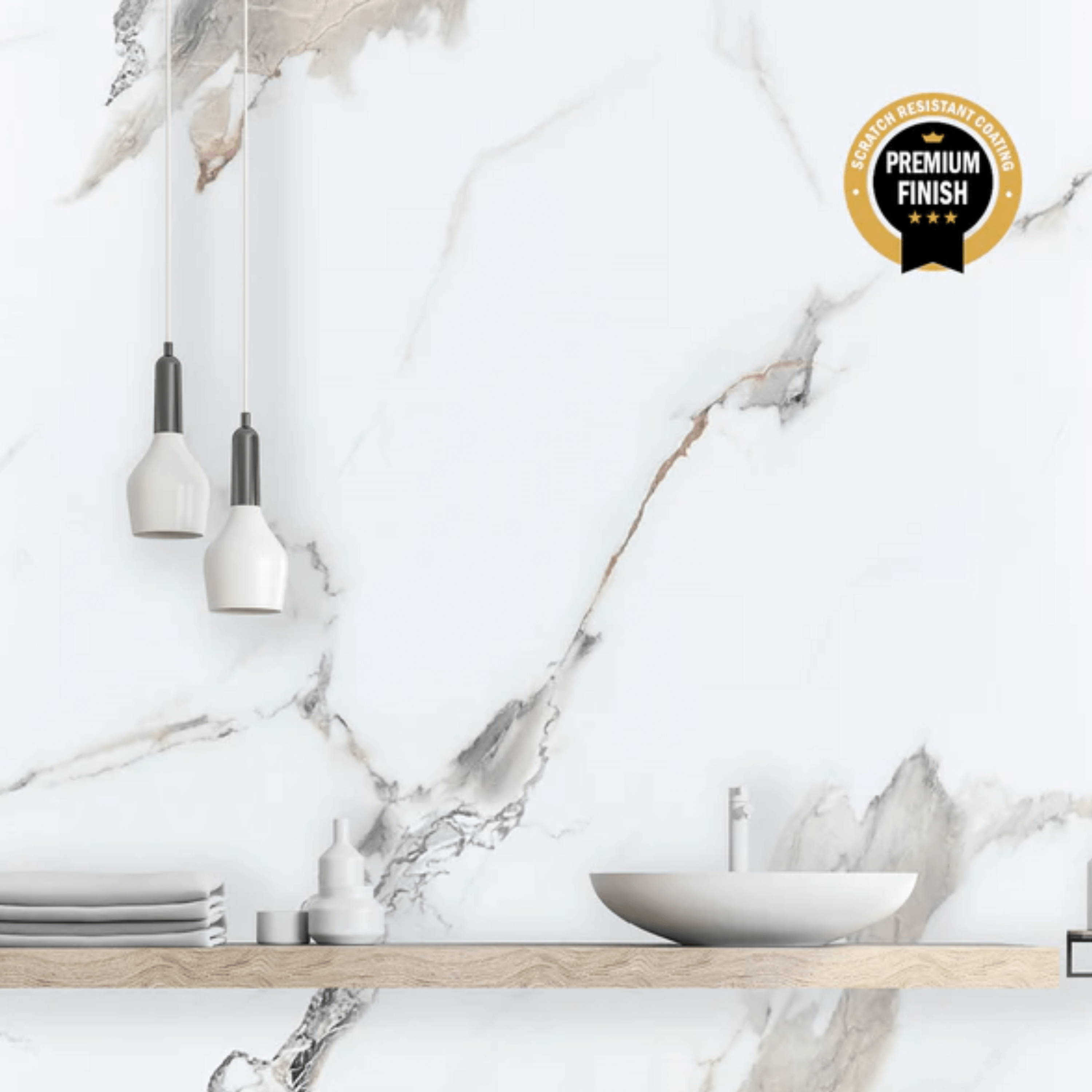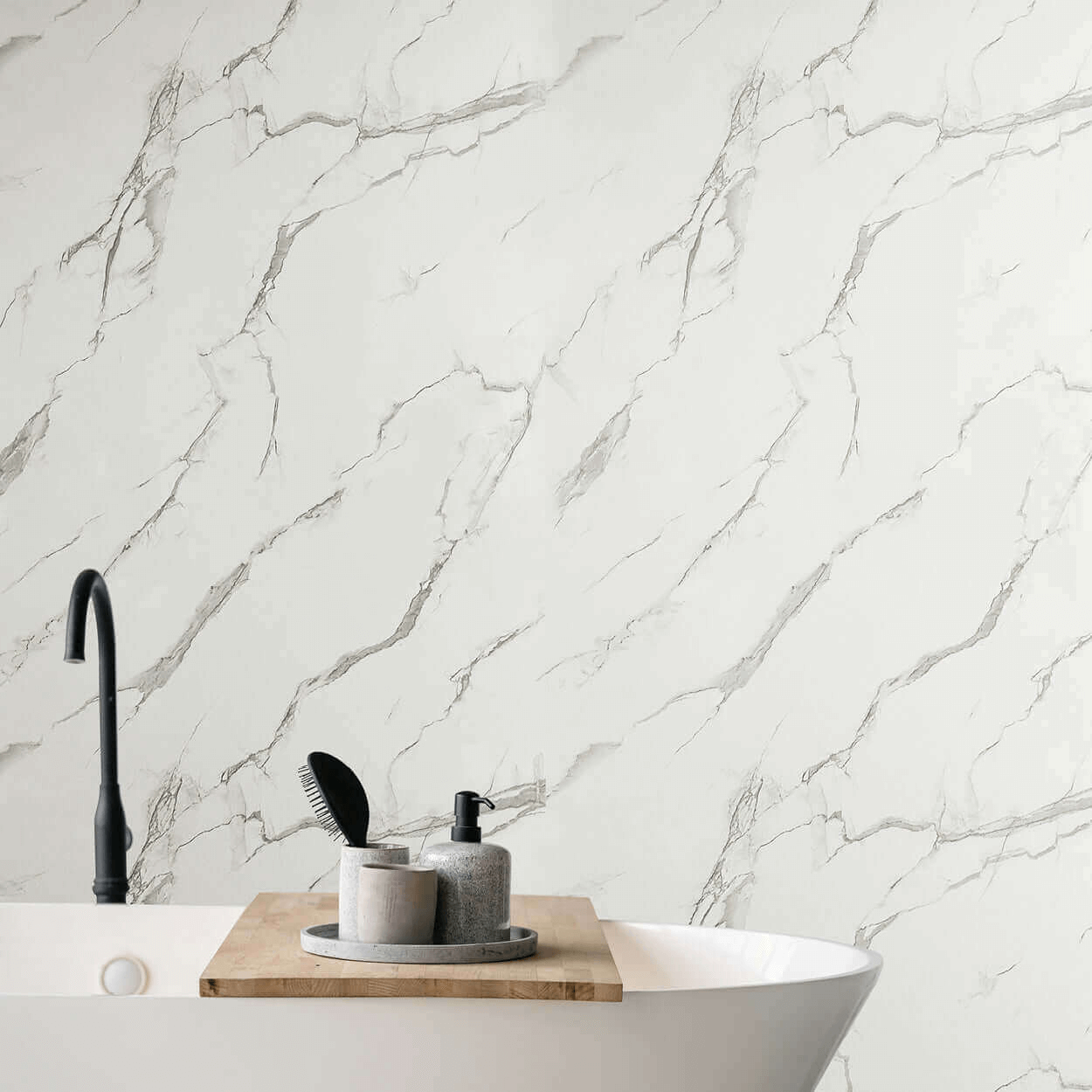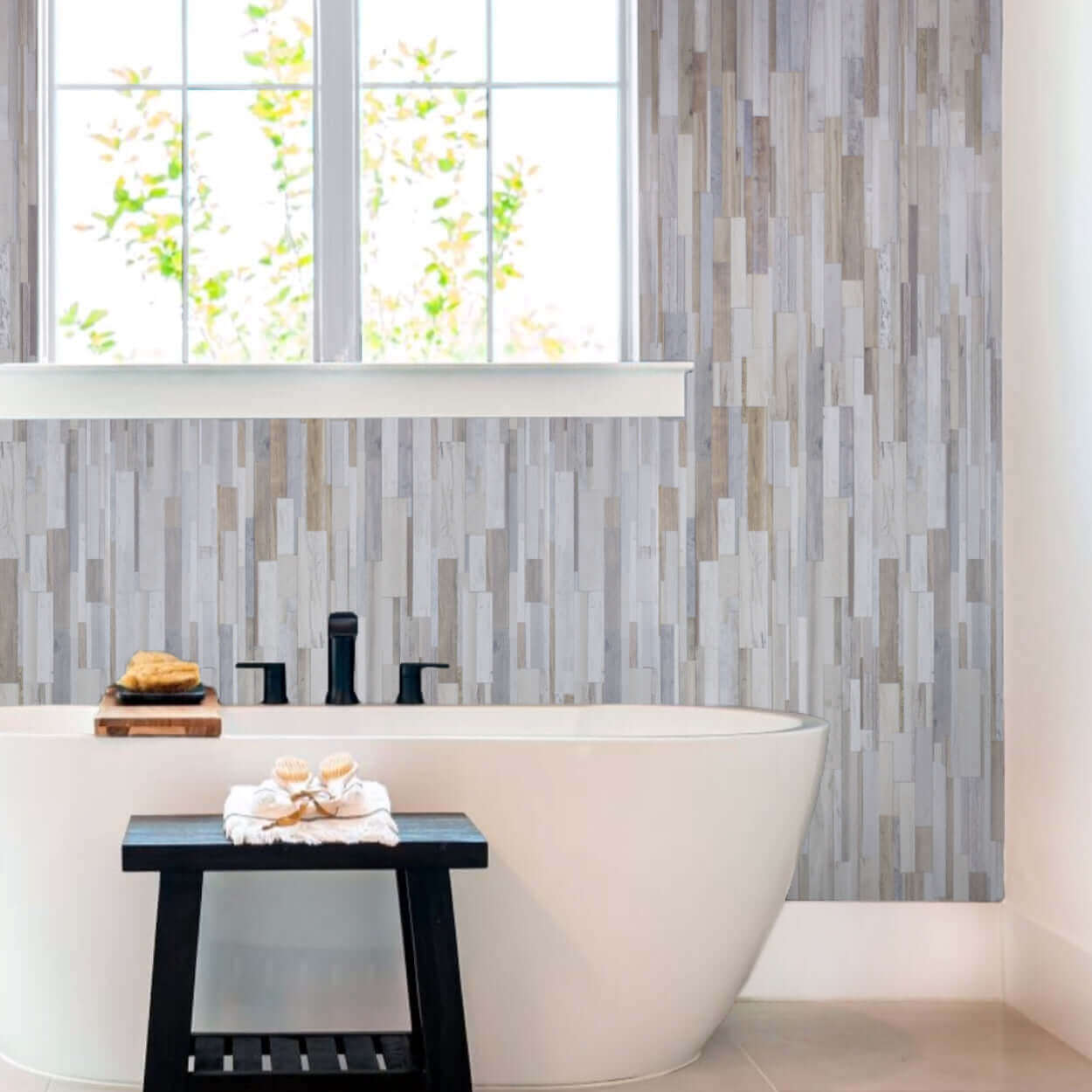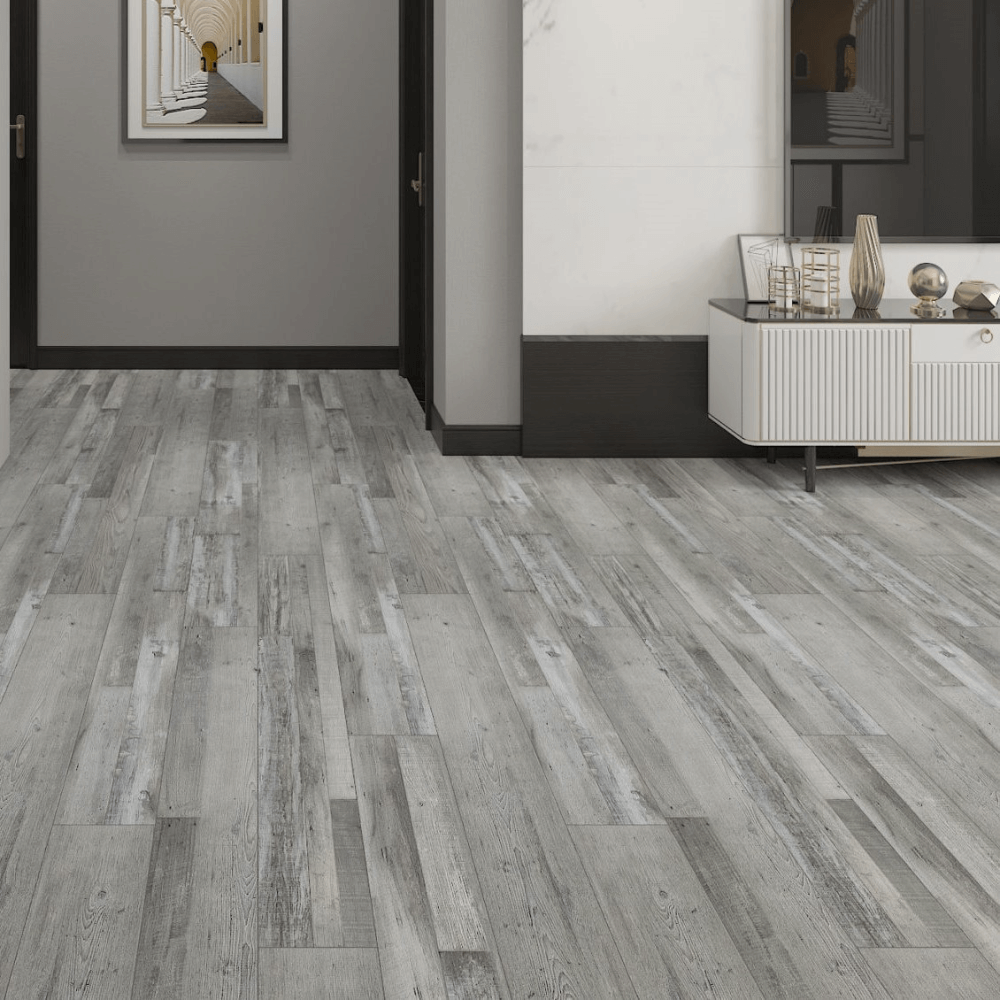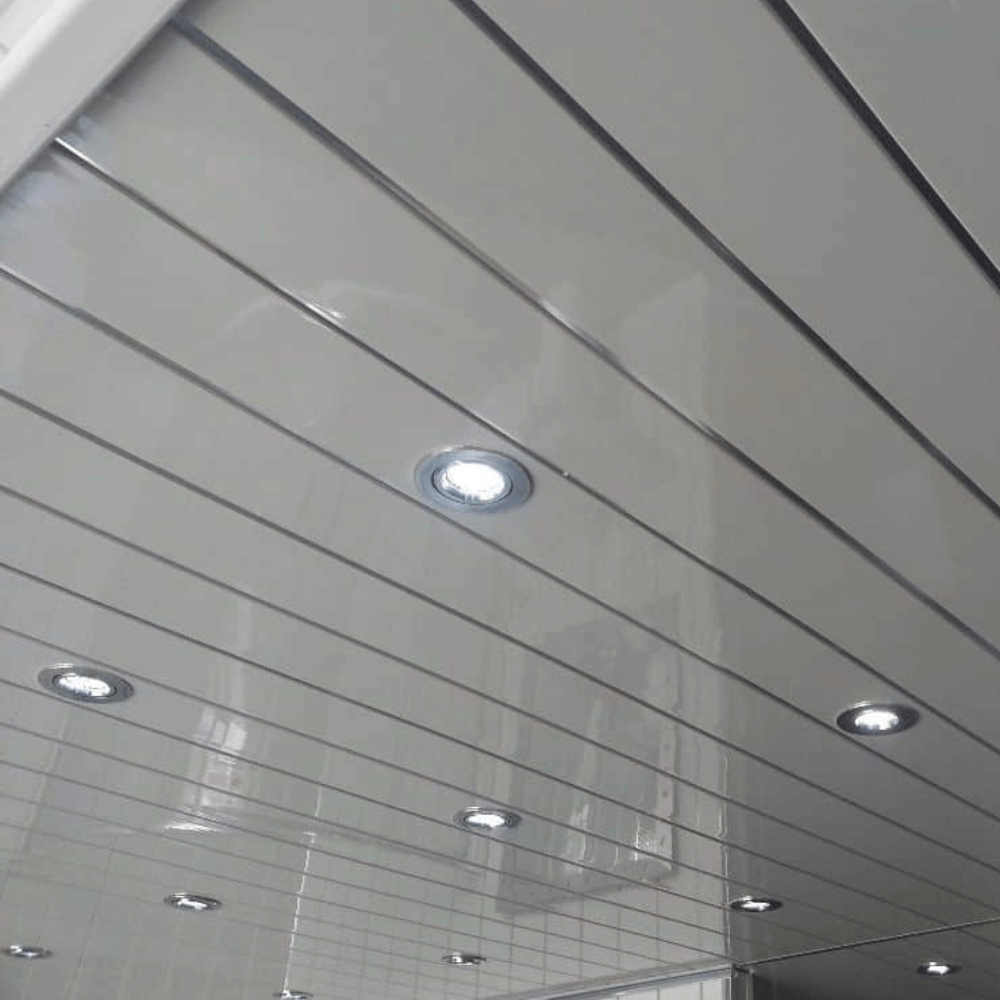Adding acoustic panels to your home can make a huge difference — whether you want to create a quieter bedroom, a professional home office, a cinema-like media room, or even a more welcoming hallway. The key to a successful installation is accurate measuring. With the right approach, your panels will fit perfectly, perform at their best, and look stunning.
This guide brings together our measuring tips for every space in your home. First, we’ll walk you through the universal measuring method, then show you how acoustic panels work in different rooms with links to our detailed guides.

Tools You'll Need
5m+ measuring tape (steel tape for accuracy)
Pencil and notepad (or phone)
Spirit level (to check for straight lines)
Stepladder for high walls
The Universal Measuring Guide
Room specific measurement guides are listed below. Click here if you have a particular room in mind.
1. Measure the Wall Width
- Start at one corner and measure to the other at skirting board height.
- Repeat at mid-wall and near the ceiling to check for any variation — walls are rarely perfectly straight.
- For acoustic panels with a felt backing, the MDF and veneer face is rigid, so it’s safer to work from the smallest measurement you record. This prevents the panel from jamming in tighter spots. The felt can compress slightly, but the front surface can’t, so cutting to the largest measurement risks damaging the panel during installation.
2. Measure the Wall Height
- Measure from the top of the skirting board to the ceiling.
- If you’re only covering part of the wall, measure from the skirting to your desired height.
- Take measurements in at least two or three spots and again use the smallest figure. Leave a 1–3 mm expansion gap at the top or bottom, which you can cover with trim for a clean finish.
3. Note Any Obstacles
- Record the size and position of doors, windows, sockets, radiators, or other obstructions.
For each, note the height from the floor and the distance from the nearest corner.
Having this info will make cutting easier and reduce costly mistakes.
4. Calculate How Many Panels You'll Need
Our acoustic panels come in four standard sizes (height × width):
120 × 60 cm — covers 0.72 m²
240 × 60 cm — covers 1.44 m²
260 × 60 cm — covers 1.56 m²
280 × 60 cm — covers 1.68 m²
Here’s the calculation:
Multiply your wall’s width × height (in metres) to get the total surface area.
Check the coverage for your chosen panel size from the list above.
Divide the total wall area by the panel’s coverage.
Always round up to the nearest whole panel — it’s better to have extra than to fall short.
Example:
If your wall is 3 m wide × 2.4 m high, the total area is 7.2 m².
Using 240 × 60 cm panels (1.44 m² each): 7.2 ÷ 1.44 = 5 panels needed.
Room-by-Room Measuring Guides
Every room has its own challenges and design opportunities. Explore our dedicated guides for step-by-step advice tailored to each space:
Bedroom
Acoustic panels in bedrooms reduce outside noise, soften echoes, and add warmth to your décor. Many customers choose to panel behind the bed for a stylish feature wall.
➡️ Read the full Bedroom Measuring Guide
Home Office
Improve call clarity, reduce echo, and create a polished background for video meetings. Panels work especially well behind the desk or on side walls.
➡️ Read the full Home Office Measuring Guide
Media Room
For home cinemas or gaming rooms, panels balance acoustics, reduce reflections, and enhance sound clarity for an immersive experience.
➡️ Read the full Media Room Measuring Guide
Dining Room
Open-plan and hard-floored dining rooms often echo. Acoustic panels soften sound, making conversations easier while adding a sophisticated look.
➡️ Read the full Dining Room Measuring Guide
Hallways & Entrances
Panels here create a welcoming first impression while controlling sound from footsteps and doors. Measure each wall section separately for accuracy.
➡️ Read the full Hallway & Entrance Measuring Guide
Living Room
Acoustic panels in living rooms reduce echo, improve sound for TV and music, and add a stylish feature wall behind the sofa or fireplace.
Ordering Your Acoustic Panels
Once you’ve taken your measurements, it’s time to choose your panels. Explore our Acoustic Panels Collection and don’t forget essentials such as end trims and adhesive .
If you’re unsure, our Easy Panels team can check your measurements before you order — so you get it right the first time.




